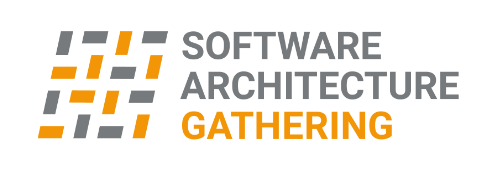Workshop: Hands-on Visual Communication for Software Architecture
by Jacqui Read
Applying reusable communication design patterns
Communicating software architecture is a crucial aspect of being a successful software architect, however, this is a skill you don’t get taught. Learning by trial and error is not ideal, so how do you create inclusive diagrams and visuals that successfully communicate to your audience?
Apply communication design patterns and recognise antipatterns.
The purpose of a diagram is to successfully communicate with the audience, which sounds deceptively simple. Communication design patterns can be applied to guide you towards this ultimate goal of successful communication, and towards maximum inclusion for your audience.
In this practical workshop, learn from a hands-on solution architect – and thought leader in communication design and documentation – how to apply design patterns to tailor your visuals to your audience, choose the most appropriate standards (or not) and level of detail, and improve accessibility for all audiences. We will use free open-source tools accessible via the internet.
AGENDA
Visual Communication Patterns covering the following:
– Communication Essentials: the foundations of successful visual communication
– Clarify the Clutter: less can definitely be more
– Notation: select the best standard to communicate successfully
– Accessibility: go beyond screen-readers in your accessibility considerations
– Narrative: tell your audience a story to get your message across
– Composition: arrange your visuals for ultimate clarity
Links to resources for the workshop will be made available before the workshop starts, so that you have time to download them beforehand.
PREREQUISITES
– Some experience with creating diagrams may be useful, but not necessary.
– A mouse is suggested for easier use, instead of a trackpad.
– Access to at least one of the following:
– Diagrams.net (https://www.diagrams.net/, online/browser-based, free)
– or your favourite diagramming/modelling programme, e.g. Excalidraw, Visio, OmniGraffle, etc
– Materials for the workshop you will need either:
a) the ability to download and unzip a zip file
b) Git or GitHub Desktop (or another form of Git) installed and an understanding of how to clone a repository from GitHub to your local machine
– cloning via GitHub Desktop: https://docs.github.com/en/desktop/contributing-and-collaborating-using-github-desktop/adding-and-cloning-repositories/cloning-a-repository-from-github-to-github-desktop (easiest for those not familiar with Git)
– cloning via Git Bash: https://docs.github.com/en/repositories/creating-and-managing-repositories/cloning-a-repository
